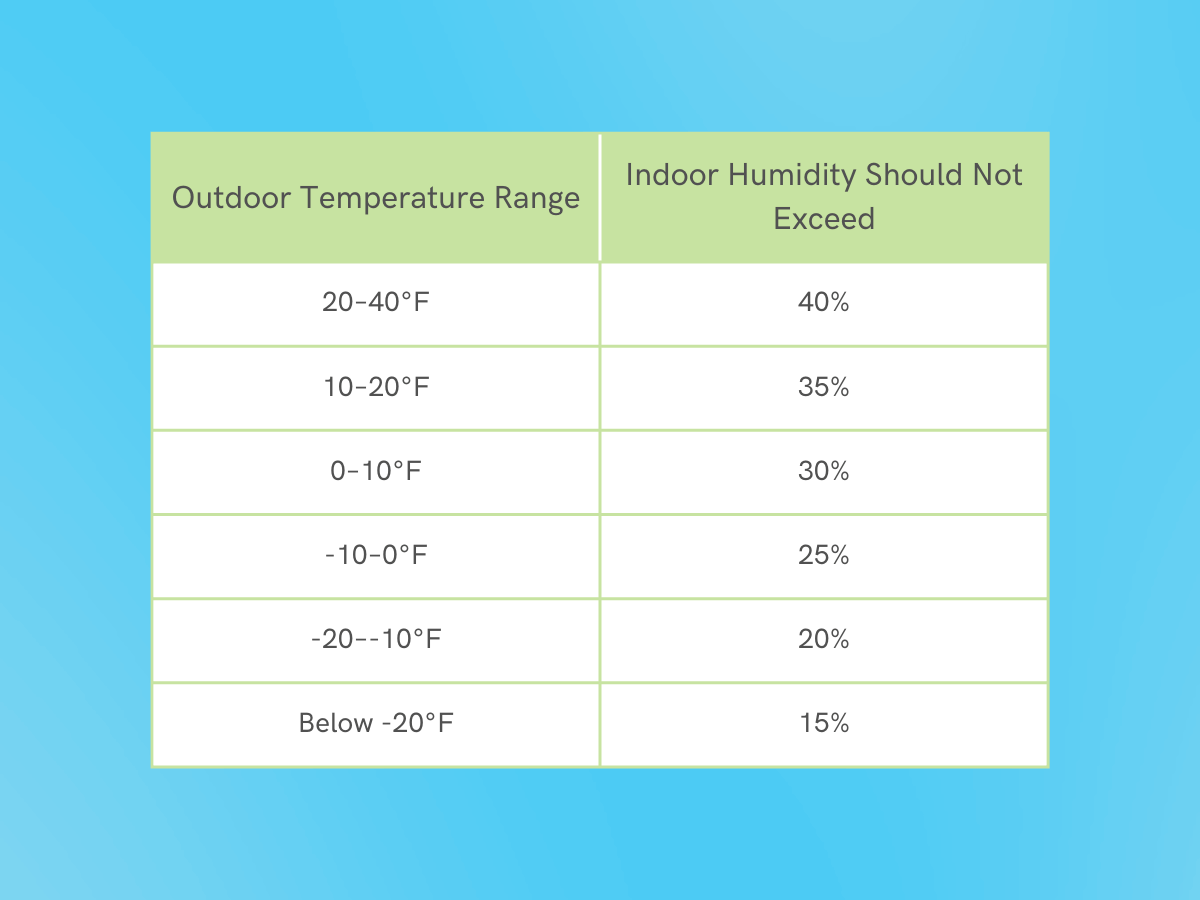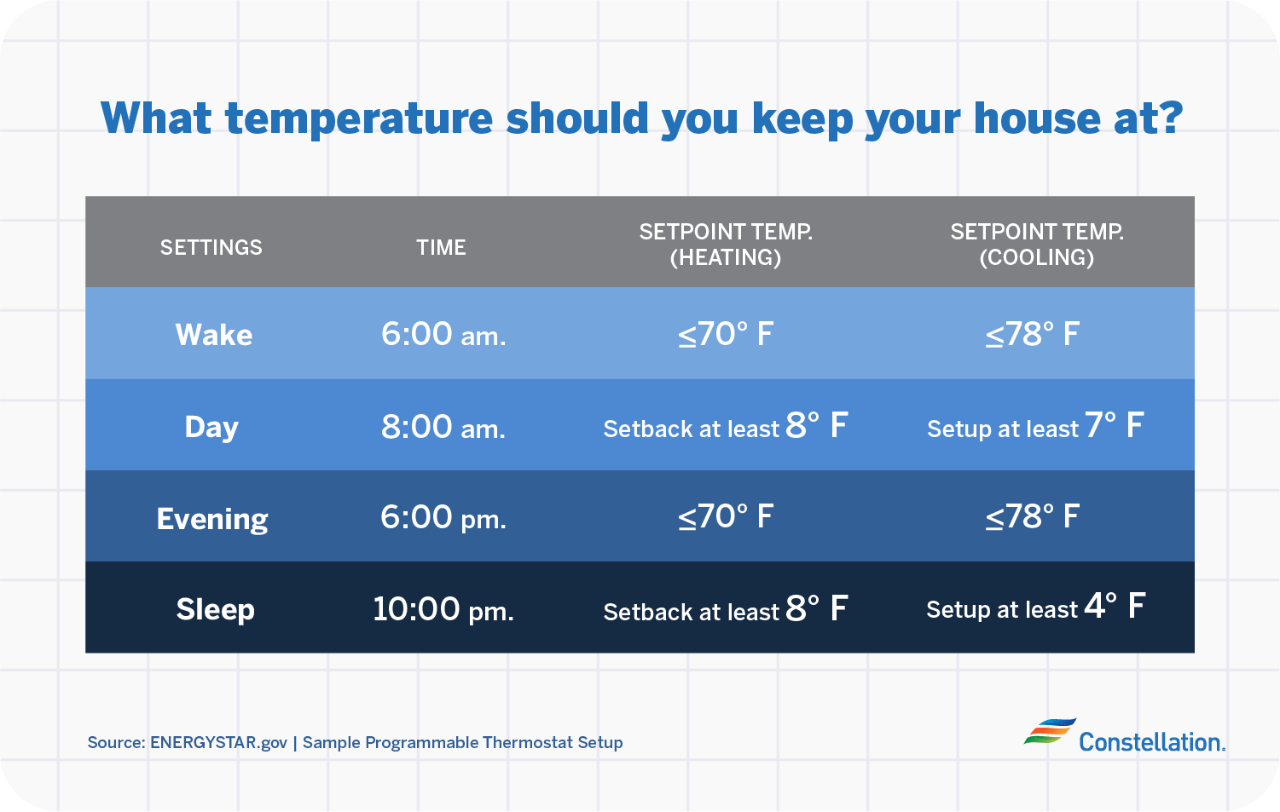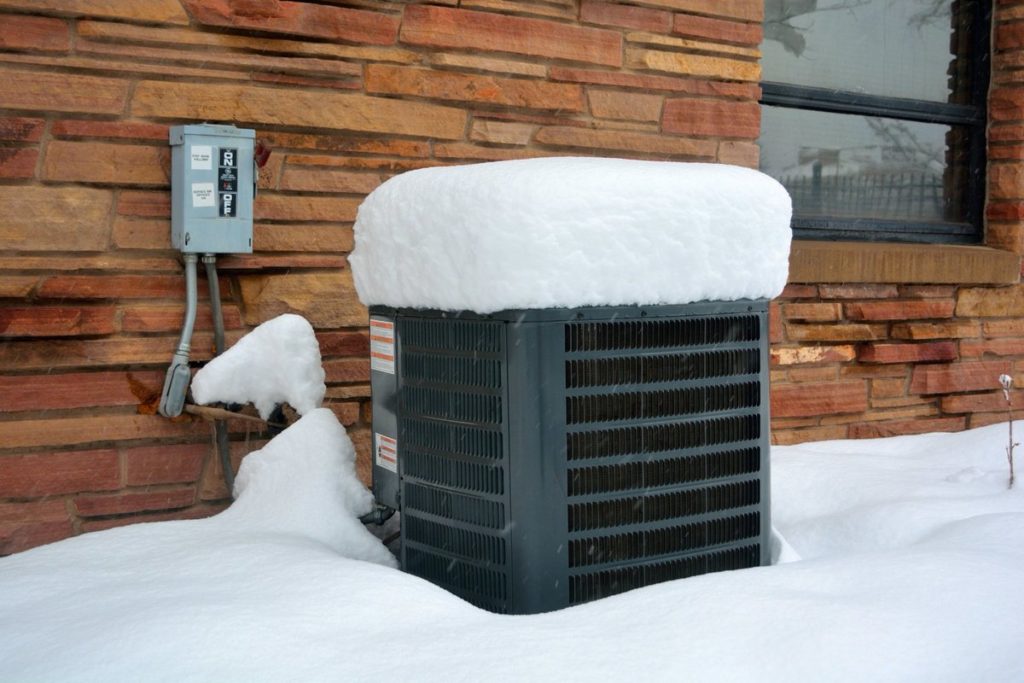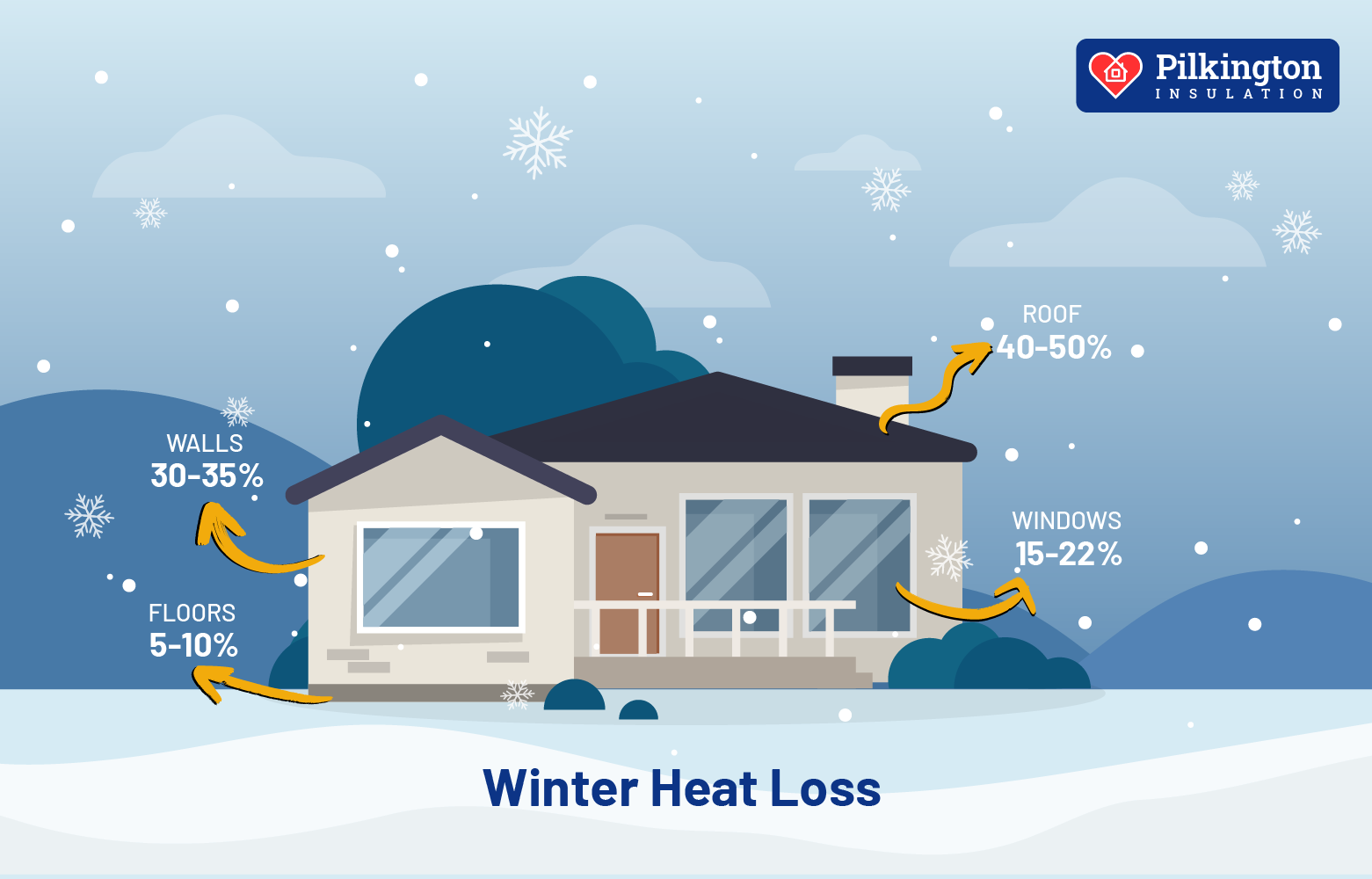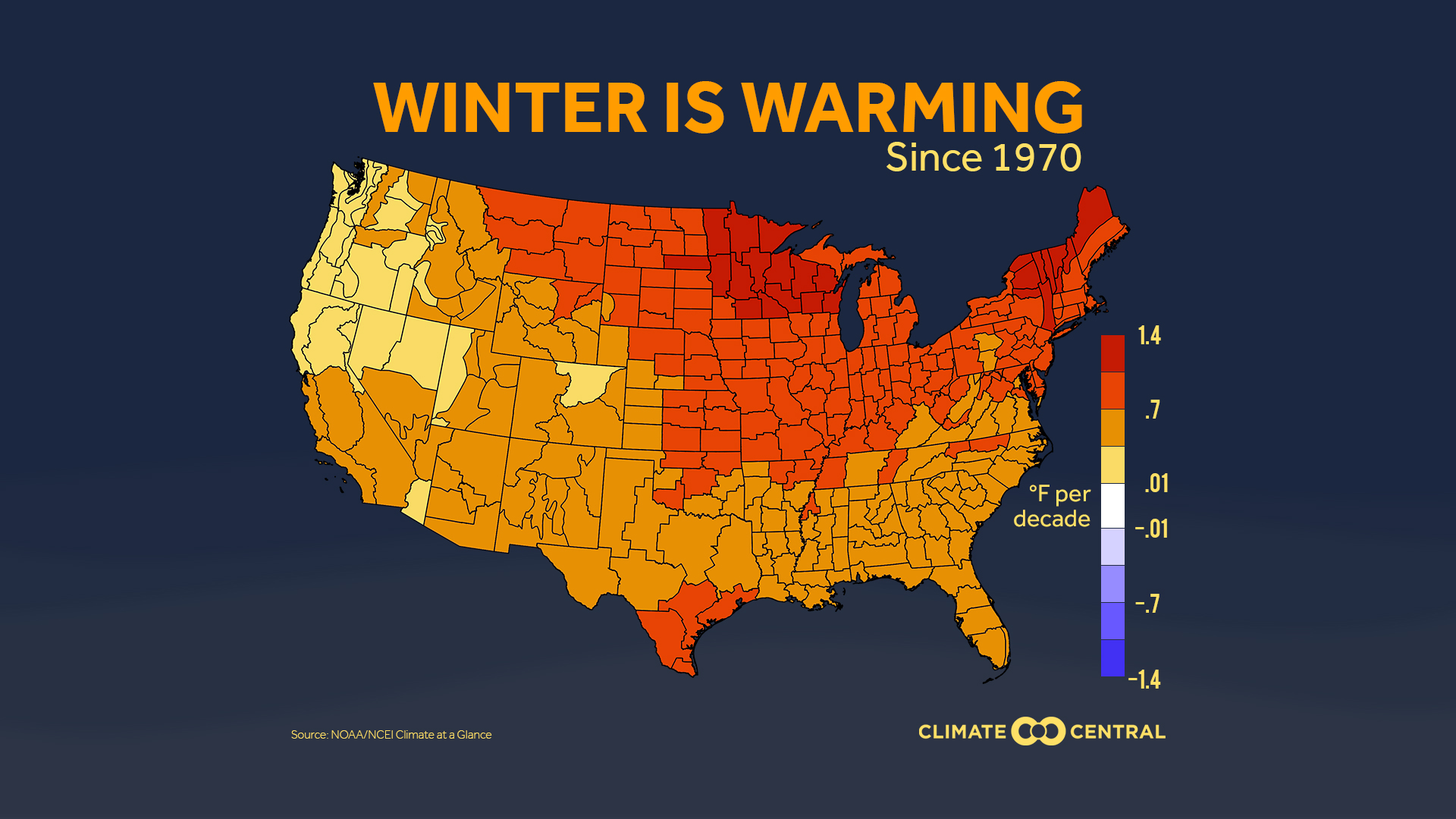What Should Heat Be Set At During Winter
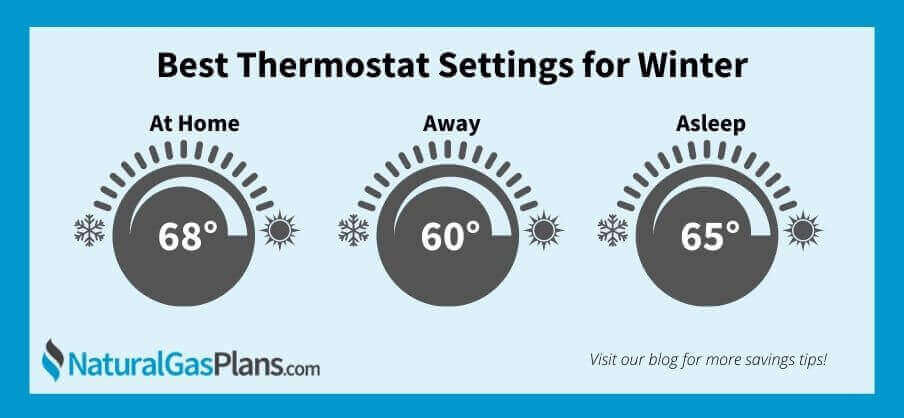
As winter approaches, setting your thermostat becomes a central concern for both comfort and cost savings. Finding the optimal temperature is a balancing act. This guide provides a comprehensive overview of what temperature you should set your heat at during winter, considering factors like energy efficiency, health, and lifestyle.
Understanding the Basics of Home Heating
Before diving into specific temperature recommendations, it's crucial to understand how your heating system works and the factors that influence your home's temperature.
Types of Heating Systems
Different heating systems operate with varying efficiencies. Here are a few common types:
- Forced-air systems: These systems use a furnace to heat air, which is then distributed throughout your home via ducts and vents.
- Radiant heating: Radiant systems, such as radiators or underfloor heating, warm objects and surfaces directly, rather than heating the air.
- Heat pumps: Heat pumps transfer heat from one place to another. In winter, they extract heat from the outside air (even when it's cold) and pump it inside. Think of it like a refrigerator working in reverse.
- Electric resistance heating: This includes space heaters and baseboard heaters. They convert electricity directly into heat and are generally less energy-efficient than other options for whole-house heating.
Knowing your system type is the first step in optimizing its performance.
Factors Influencing Indoor Temperature
Several factors affect how warm your home feels, even with the thermostat set at a specific temperature:
- Insulation: Proper insulation in your walls, attic, and floors significantly reduces heat loss, keeping your home warmer and reducing energy consumption.
- Air leaks: Drafts around windows, doors, and other openings let cold air in and warm air out, making your heating system work harder.
- Sunlight: South-facing windows can provide significant solar heat gain during the day, naturally warming your home.
- Personal preferences: Individual comfort levels vary widely. Some people prefer a warmer environment than others.
- Activity level: If you're physically active indoors, you might feel comfortable at a lower temperature than if you're sedentary.
Addressing insulation and air leaks is a great first step in improving thermal comfort.
The Recommended Winter Thermostat Setting
The U.S. Department of Energy (DOE) recommends setting your thermostat to 68°F (20°C) while you're awake and active during the winter. This temperature provides a good balance between comfort and energy savings.
Why 68°F?
This recommendation is based on extensive research into energy consumption and comfort levels. Maintaining a lower temperature reduces the amount of energy your heating system needs to use, resulting in lower energy bills.
Important Note: This is a general guideline. You may need to adjust the temperature based on your personal preferences and the specific characteristics of your home.
Lowering the Temperature While Away or Asleep
You can save a significant amount of energy by lowering the thermostat when you're away from home or asleep. The DOE suggests lowering the temperature by 7-10°F (4-6°C) for eight hours a day.
How Much Can You Save?
For every degree you lower your thermostat for eight hours, you can save around 1% on your heating bill. Over the course of a winter, these savings can add up substantially.
Programmable Thermostats: Your Energy-Saving Ally
A programmable thermostat makes it easy to automate temperature adjustments. You can set it to lower the temperature automatically when you're at work or asleep and raise it again before you wake up or return home.
Smart Thermostats: These thermostats learn your habits and adjust the temperature automatically, optimizing for both comfort and energy savings. Many can be controlled remotely via a smartphone app.
Considerations for Specific Situations
While the general recommendations are a good starting point, certain situations may warrant different thermostat settings.
Families with Infants or Elderly Individuals
Infants and elderly individuals are more susceptible to temperature fluctuations and may require a warmer environment. Consider setting the thermostat to 70-72°F (21-22°C) to ensure their comfort and safety.
Homes with Poor Insulation
If your home is poorly insulated, you may need to set the thermostat higher to maintain a comfortable temperature. However, addressing the insulation issues is a more effective long-term solution.
Homes with Specific Heating Zones
If your home has multiple heating zones, you can adjust the temperature in each zone independently. For example, you might lower the temperature in guest rooms or areas that are not frequently used.
Addressing Common Concerns
Here are some common questions and concerns related to winter thermostat settings:
Will Lowering the Thermostat Cause Pipes to Freeze?
This is a legitimate concern, especially in areas with extremely cold winters. To prevent pipes from freezing, never let your thermostat drop below 55°F (13°C). Additionally, consider insulating exposed pipes and letting faucets drip slightly during extremely cold periods.
Is It Bad to Turn the Heat Off Completely When Away?
Turning off the heat completely can save energy, but it also increases the risk of frozen pipes and can cause your home to cool down significantly, requiring more energy to reheat when you return. A better approach is to lower the thermostat to a minimum of 55°F (13°C).
What About Humidity Levels?
Low humidity levels can make a home feel colder and can also contribute to dry skin and respiratory problems. Maintaining a humidity level of 30-40% is generally recommended during the winter. A humidifier can help increase humidity levels if they are too low.
Tips for Maximizing Energy Efficiency
Beyond setting the thermostat correctly, there are several other steps you can take to maximize energy efficiency during the winter:
- Seal air leaks: Caulk and weatherstrip around windows, doors, and other openings to prevent drafts.
- Insulate your home: Add insulation to your attic, walls, and floors to reduce heat loss.
- Use window coverings: Close curtains or blinds at night to trap heat inside and open them during the day to let in sunlight.
- Maintain your heating system: Schedule regular maintenance for your furnace or heat pump to ensure it's operating efficiently. This includes changing filters regularly.
- Consider energy audits: A professional energy audit can identify areas where you can improve energy efficiency in your home.
The Bottom Line: Finding the Right Balance
Ultimately, the ideal winter thermostat setting is a personal decision that depends on your individual comfort level, lifestyle, and the specific characteristics of your home. However, following the guidelines outlined in this guide – setting the thermostat to 68°F (20°C) while you're awake, lowering it when you're away or asleep, and addressing insulation and air leaks – can help you save energy and stay comfortable all winter long.
Remember: Experiment with different thermostat settings to find the sweet spot that balances comfort and cost savings for your home.
By making informed decisions about your heating system and thermostat settings, you can create a warm and comfortable home environment while minimizing your energy consumption and reducing your environmental impact. The key is to understand your system, be proactive with maintenance, and adjust your settings based on your needs and preferences.
